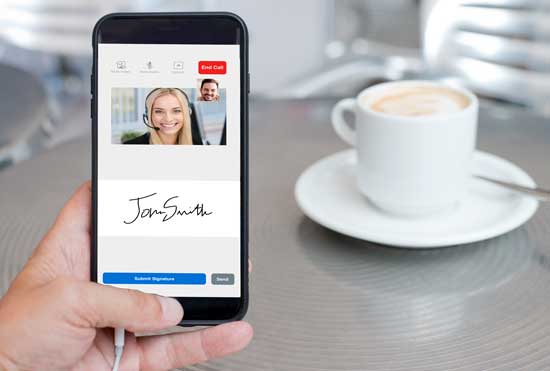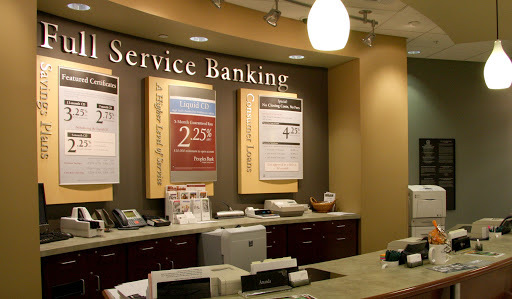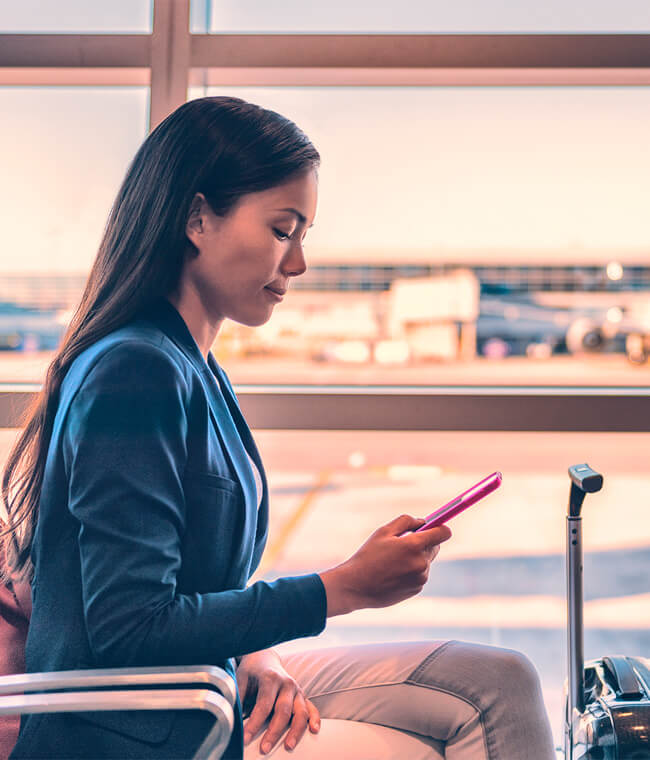
 I’m a big fan of the convenience of digital services, unfortunately, most deployments are targeted to such narrow use cases that it doesn’t address most consumer’s needs. This is especially the case for more complex financial service products. It shouldn’t be that difficult, right? Consumers should just go to the FI’s website, find the products they want and “sign-up”, or in the model of Amazon, add the product to their “online shopping cart”. Yet as branch traffic dwindles and digital adoption grows financial institutions are finding that their “online shopping cart” abandonment rates remain sky-high.
I’m a big fan of the convenience of digital services, unfortunately, most deployments are targeted to such narrow use cases that it doesn’t address most consumer’s needs. This is especially the case for more complex financial service products. It shouldn’t be that difficult, right? Consumers should just go to the FI’s website, find the products they want and “sign-up”, or in the model of Amazon, add the product to their “online shopping cart”. Yet as branch traffic dwindles and digital adoption grows financial institutions are finding that their “online shopping cart” abandonment rates remain sky-high.
According to research by UK-based behavioral marketing company SaleCycle, the financial sector has the highest global online shopping cart abandonment rate at 83.6%. The overall average for all sectors wasn’t much better at 75.6%.
Why so high? In general, digital channels are a one-way experience. Closing a sale has traditionally been a five-step process that requires two-way communication, which is missing in digital sales interactions.
Below are the five most common sales steps:
- Introduction
- Discovery
- Offer
- Objections
- Close
Research shows a variety of reasons online carts are abandoned; however, they all have one thing in common, a stalled sales process. But Video Banking can help since it provides a customer experience that combines two-way, face-to-face service with the convenience, security, and efficiency expected with digital interactions. When Video Banking is leveraged to its full potential it can become the ultimate sales channel, providing financial institutions the ability to take a customer through all five sales steps in just one call.
Let’s examine how Video Banking supports these five sales steps.
Introduction
For institutions focused on increasing wallet share, the introduction and rapport building stage are already occurring while providing service to existing customers. Video banking provides an ideal channel to discuss complex transactions, solve problems, and ultimately builds rapport that leads to additional sales. Video banking helps build trust quickly with prospective and new customers in the moment of need when facing major life events. Our customers expressed the value of providing an empathic face with video while discussing consumer loan modifications and payment plans during the recent branch closures.
Discovery
Video banking allows your customer service representative (CSR) to initiate conversations that reveal unmet financial needs, which is the purpose of the discovery step. Customized digital sales pages backed by data and artificial intelligence (AI) can perform better than general digital sales tools, but only a live CSR can listen to the customer’s needs and effectively tailor their sales pitch or presentation accordingly.
Offer
No matter how well you craft an online offer and sales page, it will never compare to a well delivered presentation by an experienced CSR. Video banking can integrate professional presentation tools that add consistency and polish to your message. And, a two-way conversation during the offer step allows CSR’s to confirm that they are matching the customer’s needs with the right features and benefits of your product.
Objections
Handling objections is where two-way communication truly shines. Data and AI can anticipate which objections a digital customer may have, but video banking has a definite advantage with two-way communication that effectively identifies objections and provides the opportunity to answer questions. Additional POPi/o tools like dynamic call routing, warm transfers make accessing the right experts easy. Plus our Positivity Coach feature allows the CSR to monitor the consumer’s reaction and adjust if emotions indicate some fear or trepidation.
Close
The most important step in making a sale is asking for the business and closing the deal. However, even expertly optimized digital sales pages convert just 20% of leads. That’s because the close step can only be completed if the previous four steps were successful. Your seasoned CSRs knows when all questions and objections have been addressed and when the time is right to close the deal.. With this step, it’s essential that Video Banking tools include workflow abilities like E-sign, document exchange, and screen share, to allow for the product purchase to be finalized before the video chat ends.
Introducing POPwelcome
It’s the extra tools and system integrations that make the POPi/o Video Banking app so robust and successful. However, not all customers have downloaded the app onto their mobile devices. For customers that are browsing an FI’s webpage, your representatives can now use POPi/o’s new POPWelcome for online or mobile chat messaging, providing a truly omnichannel experience by seamlessly transitioning the customer from text chat to video banking.
Personalized service sets community financial institutions apart from national and global competitors. However, without sales, no company can prosper and grow. No matter the size of your institution, you must provide your sales team with technology that allows them to provide the best of digital and face-to-face service, without any disruption to the five-step sales process. Video banking can provide that experience. To learn more about how quickly and effectively POPi/o Video Banking can boost your digital sales conversions, request a free demonstration with a video representative.
For more information about video banking, request a free demonstration.


 Digital service providers are reporting explosive increases in user data over the past two months as shelter-in-place orders have forced consumers to go digital. Attitudes toward digital have seemingly changed overnight – what was once a user experience enhancement is now literally an essential service channel.
Digital service providers are reporting explosive increases in user data over the past two months as shelter-in-place orders have forced consumers to go digital. Attitudes toward digital have seemingly changed overnight – what was once a user experience enhancement is now literally an essential service channel.







